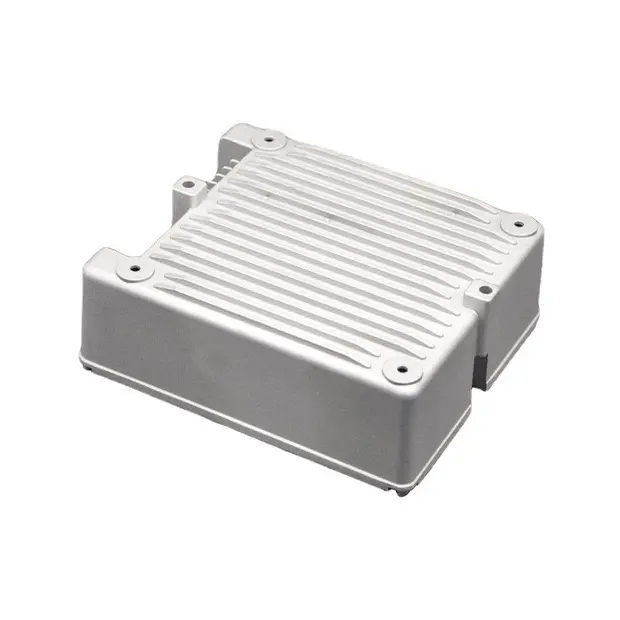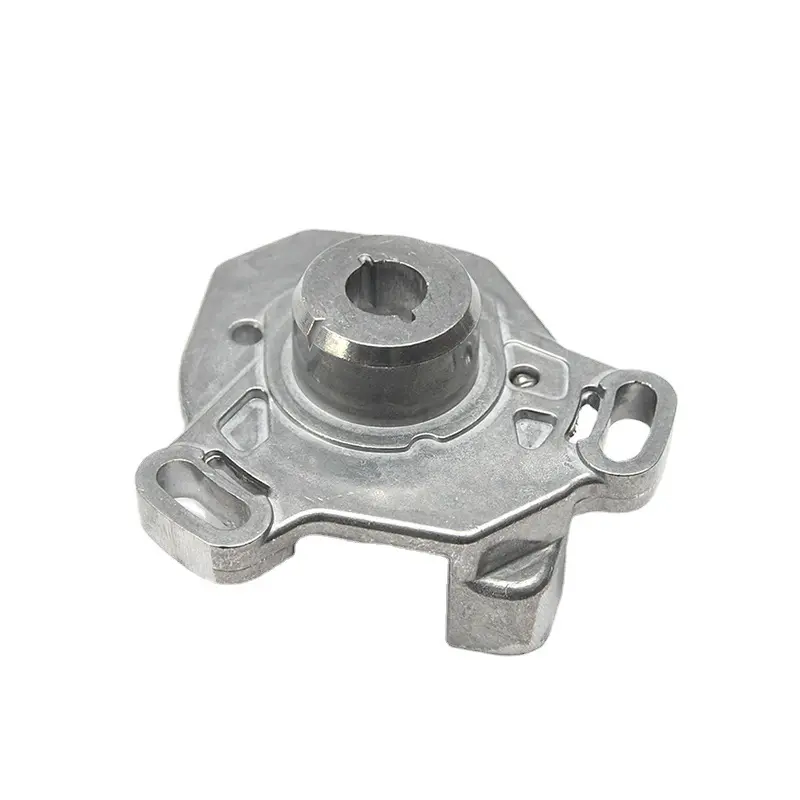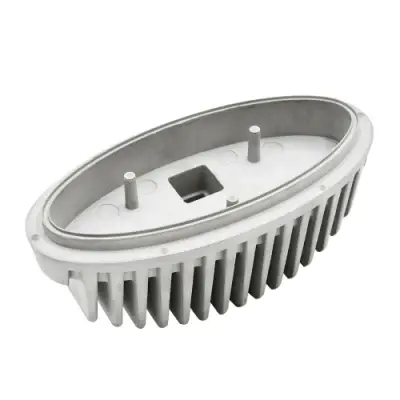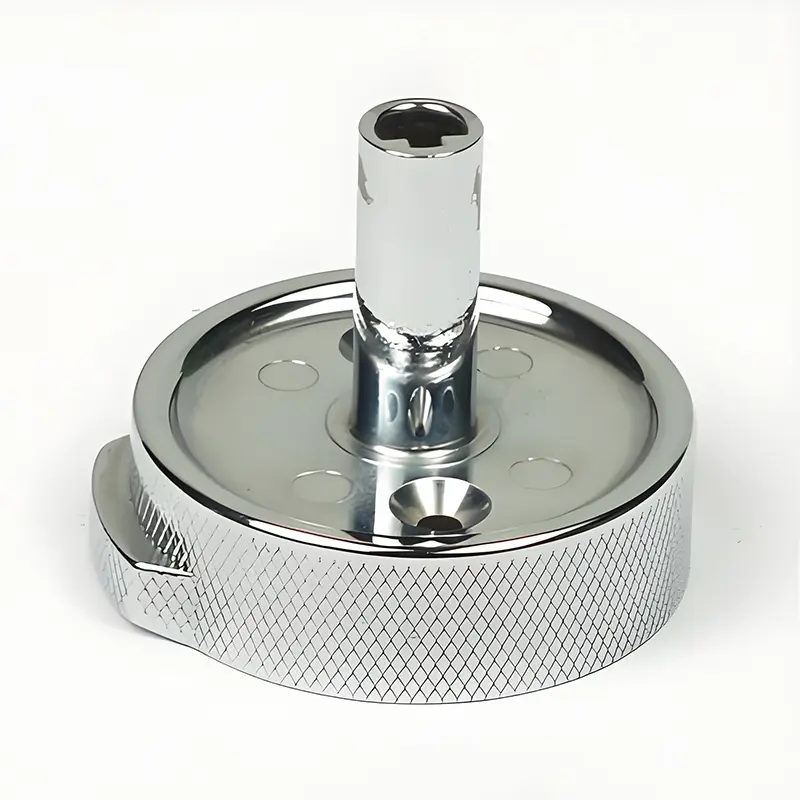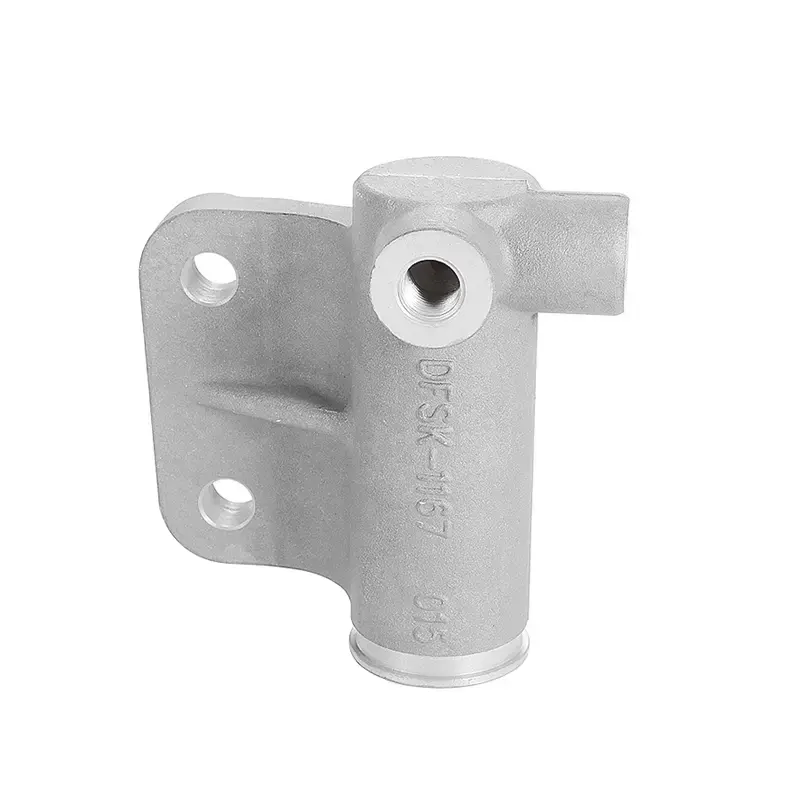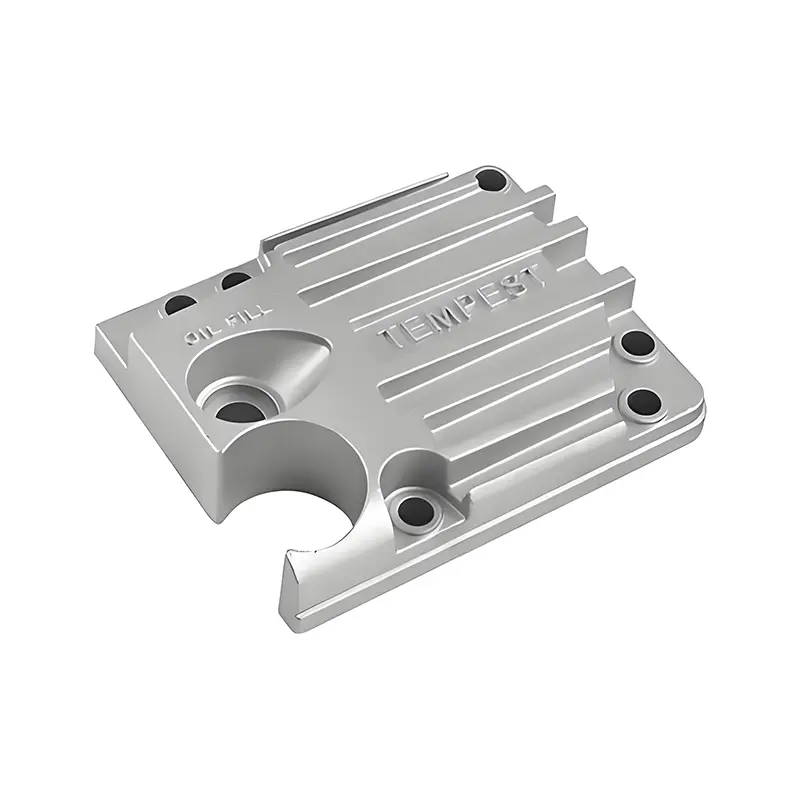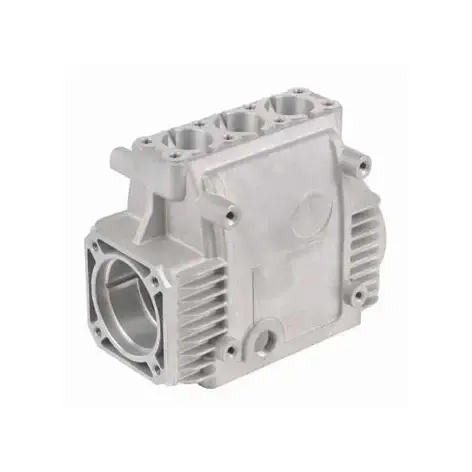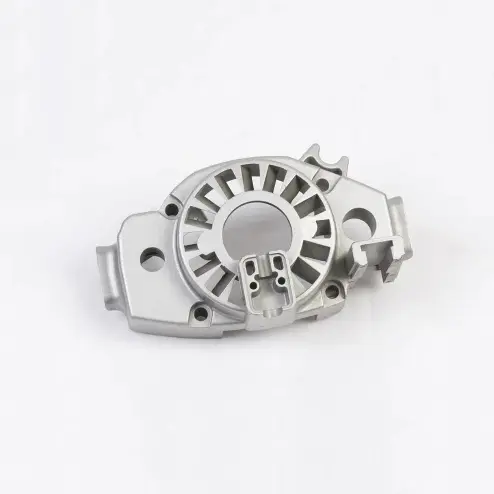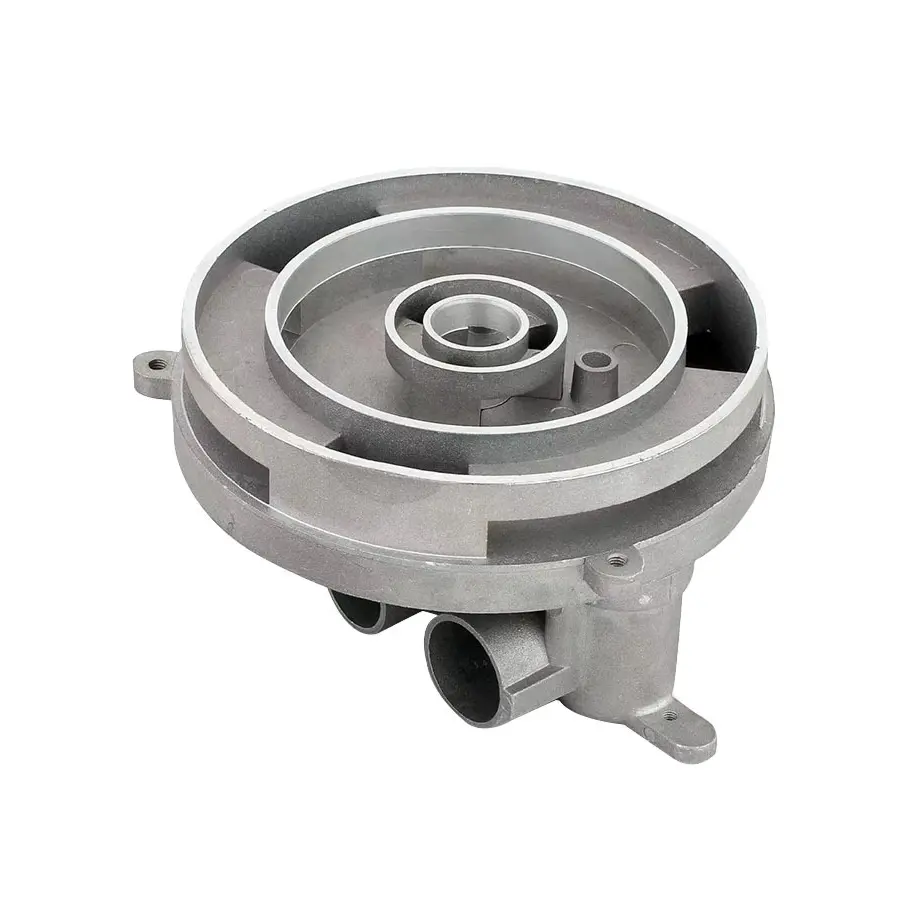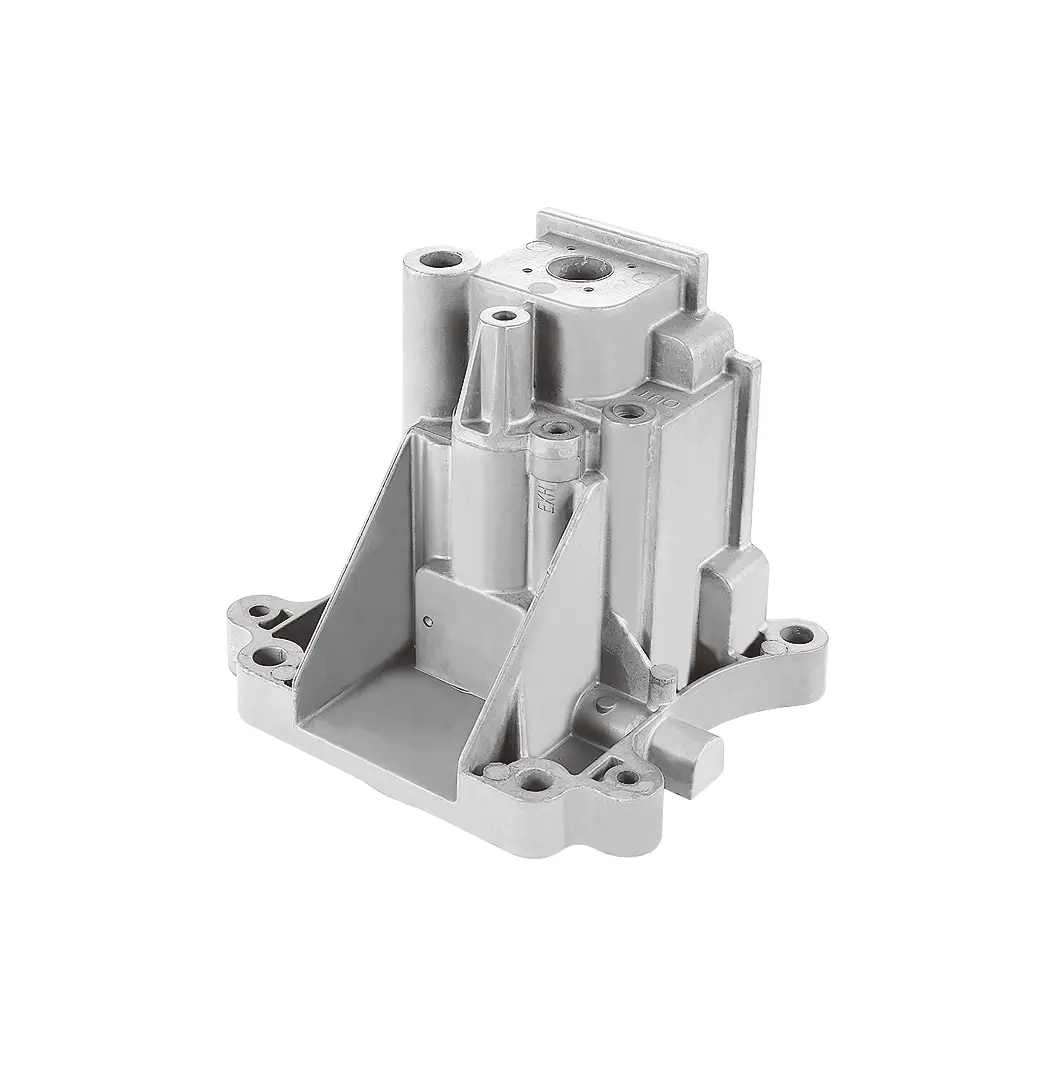 +86-13516964051
+86-13516964051 Does aluminum alloy low-pressure casting have an environmental impact?
Does aluminum alloy low-Pressure Casting have an environmental impact?
As the manufacturing industry continues to pursue innovation and sustainable development, aluminum alloy low-pressure casting, as an advanced metal forming process, is gaining increasing attention. However, with growing environmental awareness, concerns are also growing about the environmental impact of its production process. So, what exactly does aluminum alloy low-pressure casting do to the environment? Today, let's explore this in depth.
Introduction to Aluminum Alloy Low-Pressure Casting Process
Aluminum alloy low-pressure casting is a process in which molten aluminum alloy is injected into a mold cavity under low pressure to produce high-quality castings. Compared to traditional Casting Methods, low pressure is applied in a sealed crucible, allowing the molten aluminum to rise steadily and fill the mold. This effectively reduces defects such as porosity and shrinkage, significantly improving the quality and dimensional accuracy of the casting. This process not only enables the production of complex, thin-walled aluminum alloy parts, but also, due to its precise forming capabilities, significantly reduces subsequent processing steps, ultimately reducing material and energy consumption.
Potential Environmental Impacts of Low-Pressure Casting of Aluminum Alloys
Waste Gas Emissions
During the low-pressure casting process, a certain amount of waste gas is generated during the melting and pouring stages of Aluminum Alloy Casting. During melting, impurities in the aluminum alloy and the fuel used in the melting furnace (such as natural gas or small amounts of waste gas generated by electric heating) produce pollutants such as smoke, sulfur dioxide, and nitrogen oxides. Furthermore, during the pouring process, sand cores containing organic binders decompose at high temperatures to produce volatile organic compounds (VOCs), such as the common triethylamine. If these waste gases are discharged without effective treatment, they will pollute the atmosphere, affect air quality, and even pose a health risk to nearby residents.
Wastewater Generation
Wastewater is generated during the cooling system and casting cleaning steps of the production process. Cooling wastewater often contains small amounts of oil and metal ions. If discharged without treatment, it may pollute water bodies and affect the habitat of aquatic plants and animals. Casting cleaning wastewater may contain pollutants such as cleaning agent residue and fine metal particles washed off the casting surface, and these pollutants also require proper disposal to avoid adverse environmental impacts.
Solid Waste
Aluminum alloy low-pressure casting generates a variety of solid wastes. For example, slag produced during the smelting process contains unreacted metal oxides and impurities; scrap aluminum materials such as sprues and risers left after pouring; and waste sand generated during core making and molding. Improper disposal and indiscriminate storage of these solid wastes not only consumes significant land resources but also may cause soil pollution. Hazardous substances in these wastes may seep into groundwater with rainwater, further damaging the ecological environment.
Environmental Protection Measures in the Aluminum Alloy Low-Pressure Casting Industry
In response to these potential environmental impacts, the aluminum alloy low-pressure casting industry has implemented a series of effective environmental protection measures to reduce environmental harm.
Waste Gas Treatment
To reduce waste gas emissions, companies typically install efficient waste gas collection devices such as hoods, bag filters, and activated carbon adsorption devices at the melting furnace and pouring stations. Bag filters effectively filter particulate matter from smoke, while activated carbon adsorption devices absorb and purify volatile organic compounds. Some leading companies also employ more advanced exhaust gas purification technologies, such as catalytic combustion, which converts organic waste gas into harmless carbon dioxide and water, significantly reducing pollutant concentrations in the exhaust gas and ensuring that it meets national emission standards before discharge.
Wastewater Treatment
Companies generally establish comprehensive wastewater treatment systems. Cooling wastewater is first treated by removing oil from a grease trap. Then, metal ions are removed through filtration and sedimentation processes. The treated cooling wastewater can be recycled, significantly improving water resource utilization. For casting cleaning wastewater, a combination of treatment methods, including neutralization, coagulation and sedimentation, and filtration, is used based on the characteristics of the pollutants to ensure that harmful substances are effectively removed. Once the wastewater meets emission standards, it is discharged into the municipal sewage network or natural water bodies.
Solid Waste Disposal
For solid waste treatment, the industry adheres to the principles of "resource recovery, harmlessness, and volume reduction." The slag is further refined and processed to recover its useful metals. The remaining slag can be used in the production of building materials, such as cement raw materials or road base materials. Scrap aluminum is returned to the furnace for smelting, achieving resource recycling. Waste sand, after being recycled, can be reused in processes such as core making and molding, reducing the use of new sand. For solid waste that cannot be recycled, the company will hand it over to qualified professional disposal units for harmless treatment, ensuring no secondary pollution.
Environmental Advantages of Low-Pressure Casting of Aluminum Alloys
Although low-pressure casting of aluminum alloys has certain environmental impacts during production, the process itself offers numerous environmental advantages from a broader perspective.
High Material Utilization
Because low-pressure casting precisely controls the filling process of the molten aluminum, it reduces defects and scrap in castings, significantly improving material utilization. Compared to some traditional casting processes, low-pressure casting can reduce material waste by approximately 10%-20%. This means that to produce the same quantity and quality of castings, aluminum alloy low-pressure casting requires less raw material, indirectly reducing the environmental impact of raw material mining and processing.
Relatively Low Energy Consumption
During the low-pressure casting process, the aluminum liquid is filled at a relatively low speed and pressure, requiring less energy input. This reduces energy consumption by 15%-30% compared to some high-pressure casting processes. Furthermore, due to the high quality of the castings, subsequent processing steps are reduced, further reducing energy consumption throughout the production process. Against the backdrop of global initiatives to conserve energy and reduce emissions, this relatively low energy consumption gives aluminum alloy low-pressure casting a significant environmental advantage.
Indirect Environmental Benefits of Product Lightweighting
Aluminum alloy inherently has low density and high strength. Aluminum alloy parts produced through low-pressure casting are widely used in the automotive, aerospace, and other fields, effectively achieving product lightweighting. In the automotive industry, for example, the use of aluminum alloy parts reduces vehicle weight, fuel consumption, and exhaust emissions. Statistics show that for every 10% reduction in vehicle weight, fuel consumption can be reduced by 6%-8%, resulting in a significant reduction in greenhouse gas emissions such as carbon dioxide. Therefore, the lightweight advantages of aluminum alloy low-pressure casting products have made significant contributions to energy conservation and emission reduction in downstream industries, bringing significant indirect environmental benefits.
Future Outlook for Sustainable Development
With the continuous advancement of technology and increasingly stringent environmental protection requirements, the aluminum alloy low-pressure casting industry is moving towards a greener and more sustainable development. On the one hand, new environmental protection technologies and equipment will continue to emerge, further reducing pollutant emissions during the production process and improving resource utilization and energy efficiency. For example, more efficient exhaust gas purification catalysts are being developed to achieve deep treatment of lower-concentration exhaust gases; and new wastewater treatment membrane technologies are being developed to improve wastewater treatment efficiency and reuse rates. On the other hand, the industry will place greater emphasis on the sustainable supply of raw materials, actively exploring the use of environmentally friendly materials such as recycled aluminum alloys to reduce dependence on primary mineral resources. Furthermore, by optimizing production processes and management procedures, intelligent and refined control of the production process will be achieved to minimize environmental impact.








